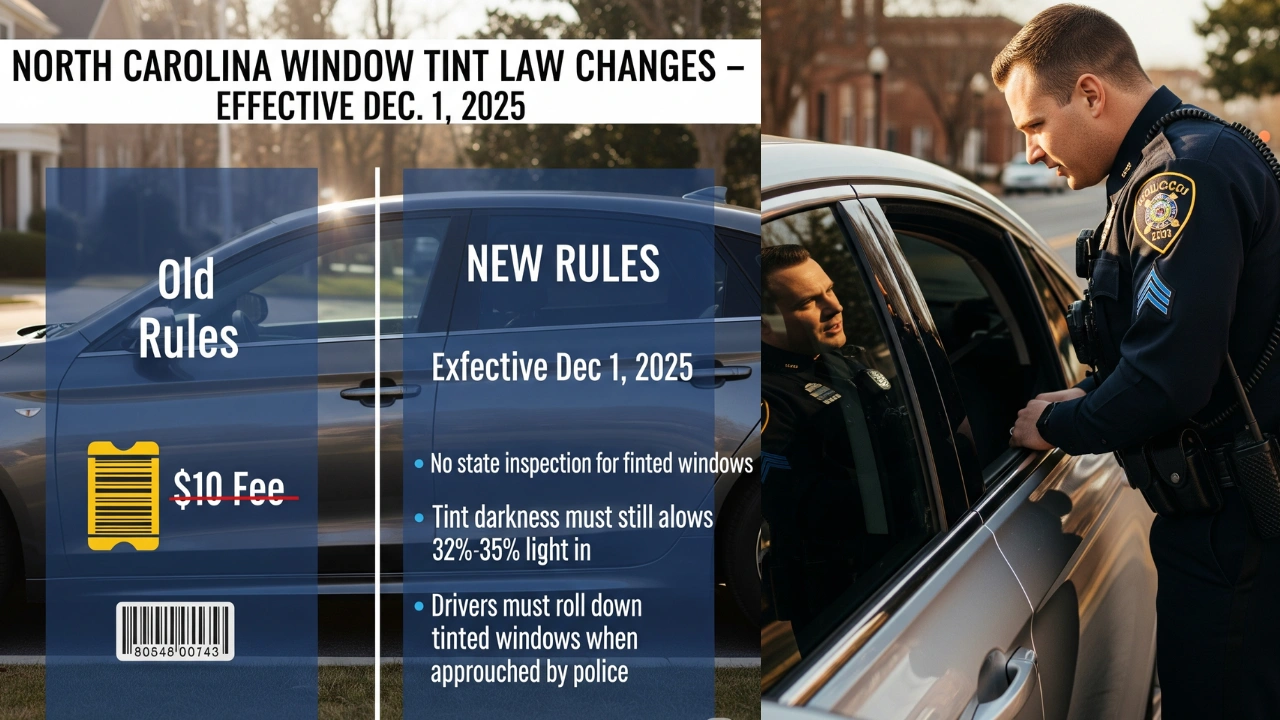Millions of Americans are looking forward to receiving their IRS tax refunds in August 2025, but the waiting game continues for many. Whether you’re expecting money back from an amended return, a paper filing, or you’re eligible for credits like the Earned Income Tax Credit (EITC) or the Child Tax Credit (CTC), understanding when and how you’ll receive your refund is key.
In this article, we break down the latest IRS refund schedule, how to track your refund, and what could delay your payment.
Why Is the IRS Issuing Refunds in August 2025?
Tax season may have officially ended months ago, but the IRS continues to process returns that were delayed, corrected, or filed under special circumstances. Refunds issued in August 2025 are primarily due to:
-
Amended Returns: Taxpayers who corrected errors or filed updated information (via Form 1040-X).
-
Paper Returns: These take longer to process compared to electronic filings.
-
Manual Reviews: Returns flagged for further checks due to tax credits like EITC or CTC.
-
Disaster Relief Extensions: Taxpayers from disaster-affected areas who filed later under extended deadlines.
IRS Refund Timeline – When Will You Get Paid?
The date your refund hits your bank account depends on how and when your return was filed and if there were any errors or credit claims. Here’s a general breakdown:
-
E-Filed Returns: Expect your refund within 21 days of IRS acceptance.
-
Paper-Filed Returns: Processing can take up to 8 weeks or more.
-
Amended Returns (Form 1040-X): These may take up to 16 weeks.
-
Returns with EITC/CTC: Often held for manual verification, leading to additional delays.
-
Returns from Disaster Zones: Refunds will be processed after the extended filing deadline.
If you filed electronically and submitted all accurate information, you’re likely to see your refund by mid to late August 2025. Paper filers or those with complications may see their payments closer to the end of the month—or even later.
Special Cases: Taxpayers in Disaster-Affected Areas
The IRS has granted extended deadlines to residents of states impacted by natural disasters. If you’re in one of these regions, your refund will be delayed until after your new deadline:
-
Texas Flood Victims: New deadline in February 2026
-
California Wildfire Victims: Extended to October 2025
Refunds for these taxpayers will begin processing only after the IRS receives and accepts their delayed returns.
How to Track Your IRS Refund in August 2025
The IRS provides reliable tools to help you check your refund status at any time. Here’s how to stay informed:
1. Use the “Where’s My Refund?” Tool
Available on the IRS.gov website, this tool gives you real-time updates once your return is processed.
You’ll need:
-
Your Social Security Number (SSN)
-
Filing status (single, married filing jointly, etc.)
-
Your exact refund amount
2. IRS2Go Mobile App
A user-friendly alternative that gives the same updates directly on your smartphone.
3. IRS Refund Hotline
If you don’t have internet access or need specific help:
-
For standard refunds: 800-829-1954
-
For amended returns: 866-464-2050
What If Direct Deposit Fails?
If your direct deposit is unsuccessful—maybe due to an outdated or closed bank account—the IRS will automatically switch to sending a paper check to your address on file.
You can expect:
-
An additional 2 to 4 weeks for postal delivery.
-
Longer delays if there are address mismatches or postal service issues.
Tip: Update your address and banking info with the IRS if they’ve changed recently to avoid unnecessary delays.
Average Refund in 2025 — How Much Will You Get?
As of this year, the average IRS tax refund issued is approximately $3,116. However, the exact amount varies based on:
-
Your income level
-
Deductions and credits claimed
-
Filing status and dependents
-
Any corrections or offsets due to outstanding debts (like student loans or child support)
If your refund is lower than expected, don’t panic. The IRS will typically send a letter explaining any changes made during processing.
Common Reasons for Refund Delays
Even if you filed on time, your refund may be delayed due to:
-
Claiming refundable credits like the EITC or ACTC
-
Errors or typos on your return
-
Missing or incorrect banking details
-
Ongoing IRS backlogs and processing delays
-
Filing a paper return or Form 1040-X
-
Returns flagged for identity verification
Always double-check your information before filing to reduce delays.
Final Tips: What You Should Do Now
If you’re still waiting for your IRS refund this August, follow these steps:
-
Use the Where’s My Refund tool to check your status.
-
Make sure your bank info and address are accurate with the IRS.
-
Be patient if your return includes credits or amendments.
-
Watch for any IRS letters explaining changes or delays.
-
Use IRS2Go for fast, mobile tracking.
With refunds averaging over $3,000, this payment can provide meaningful relief for household expenses, debt payments, or savings. Don’t miss out—stay informed and track your refund closely.
Frequently Asked Questions (FAQ)
Q1: When will IRS refunds be issued in August 2025?
Refunds are being issued throughout August, especially for delayed returns, amended filings, and credits like EITC. Most direct deposits should arrive by mid to late August.
Q2: How do I know if I’m getting a refund?
Use the Where’s My Refund tool at IRS.gov or IRS2Go. Enter your SSN, filing status, and refund amount to check.
Q3: What if I filed a paper return?
Paper returns take longer—up to 8 weeks or more—before refunds are issued.
Q4: Can the IRS reduce my refund?
Yes. If you owe federal/state debts or made calculation errors, the IRS may reduce your refund and will mail you a notice explaining why.
Q5: Are IRS refunds taxable?
No. Refunds are not considered taxable income unless they include interest, which would be reported on Form 1099-INT.
If you’re waiting for your IRS refund this August 2025, you’re not alone—but you’re also not powerless. Stay informed, track your return, and follow up when needed. Every dollar counts, and your refund is money you’ve already earned.


